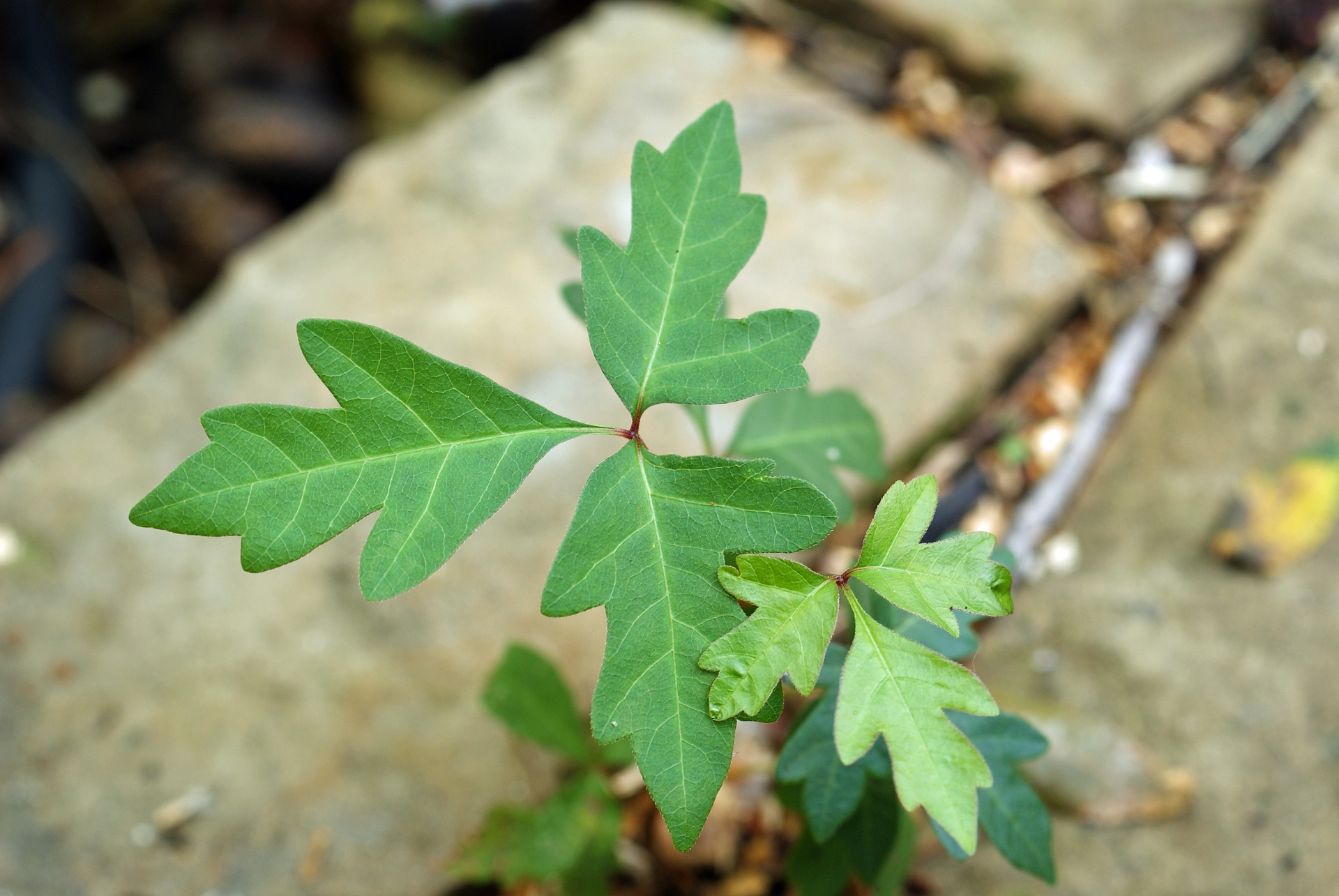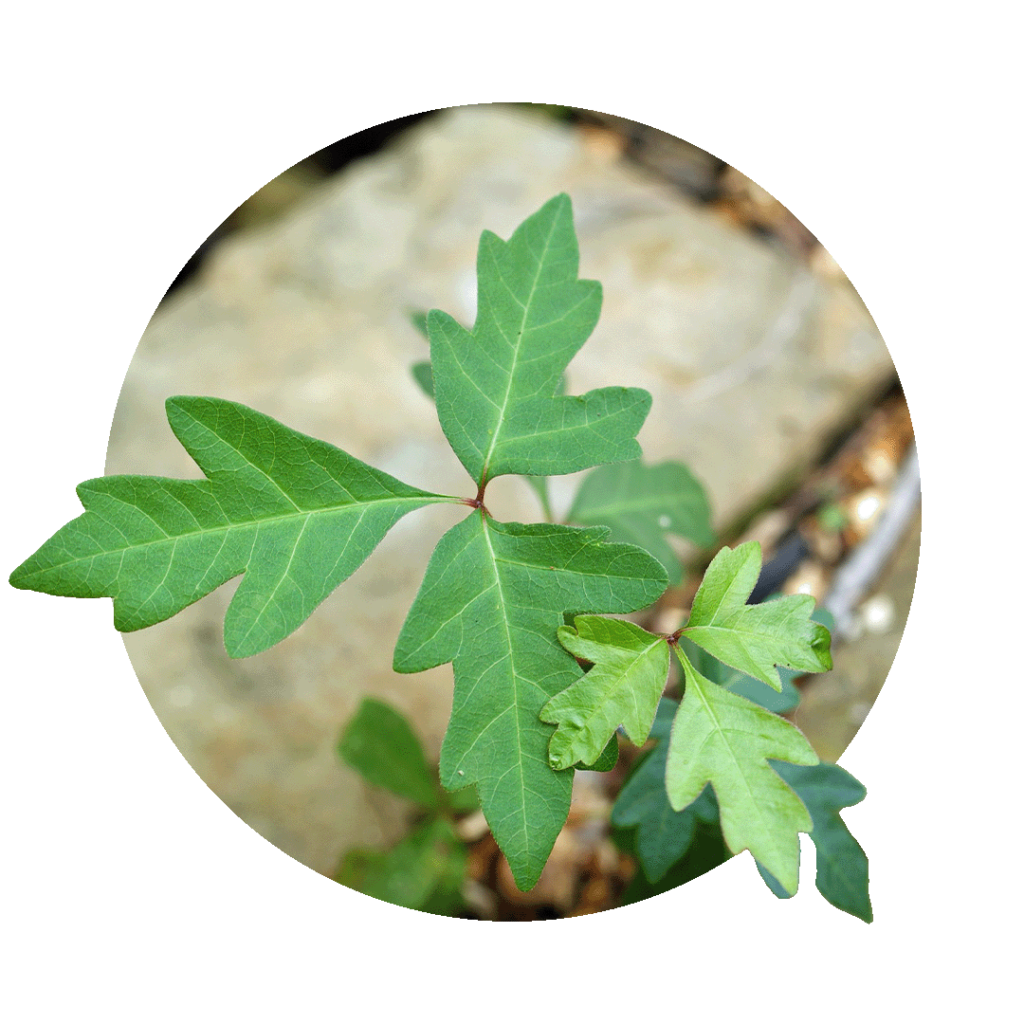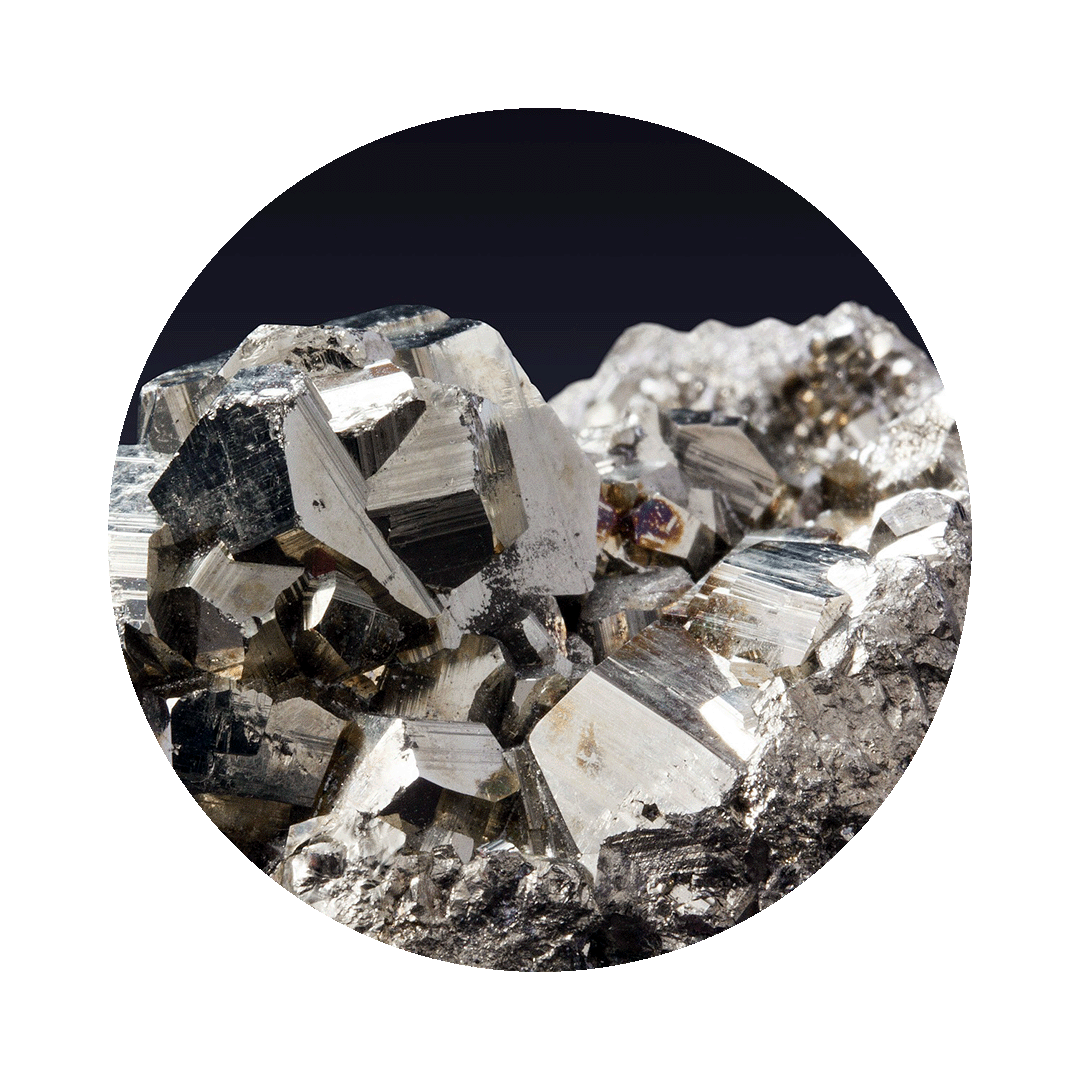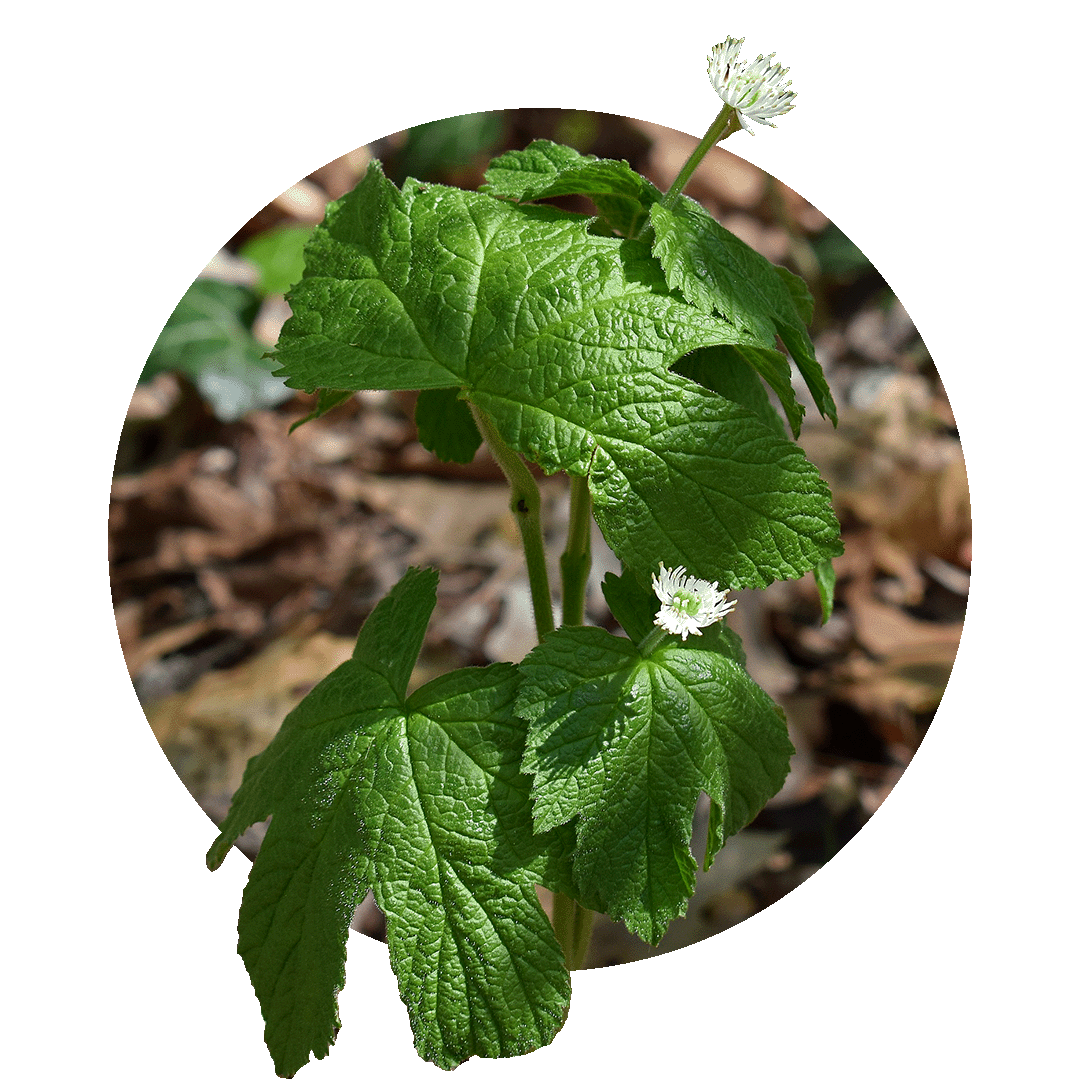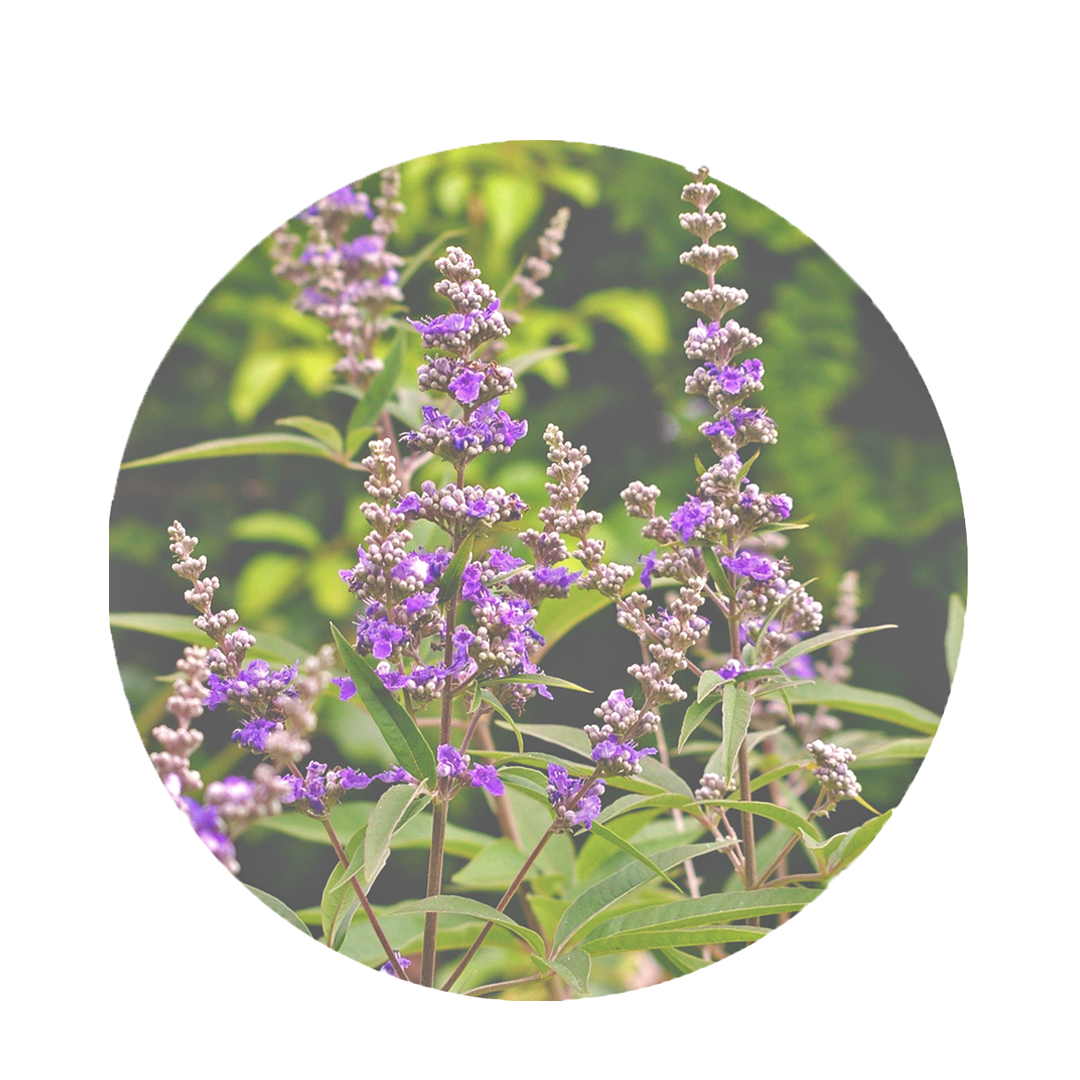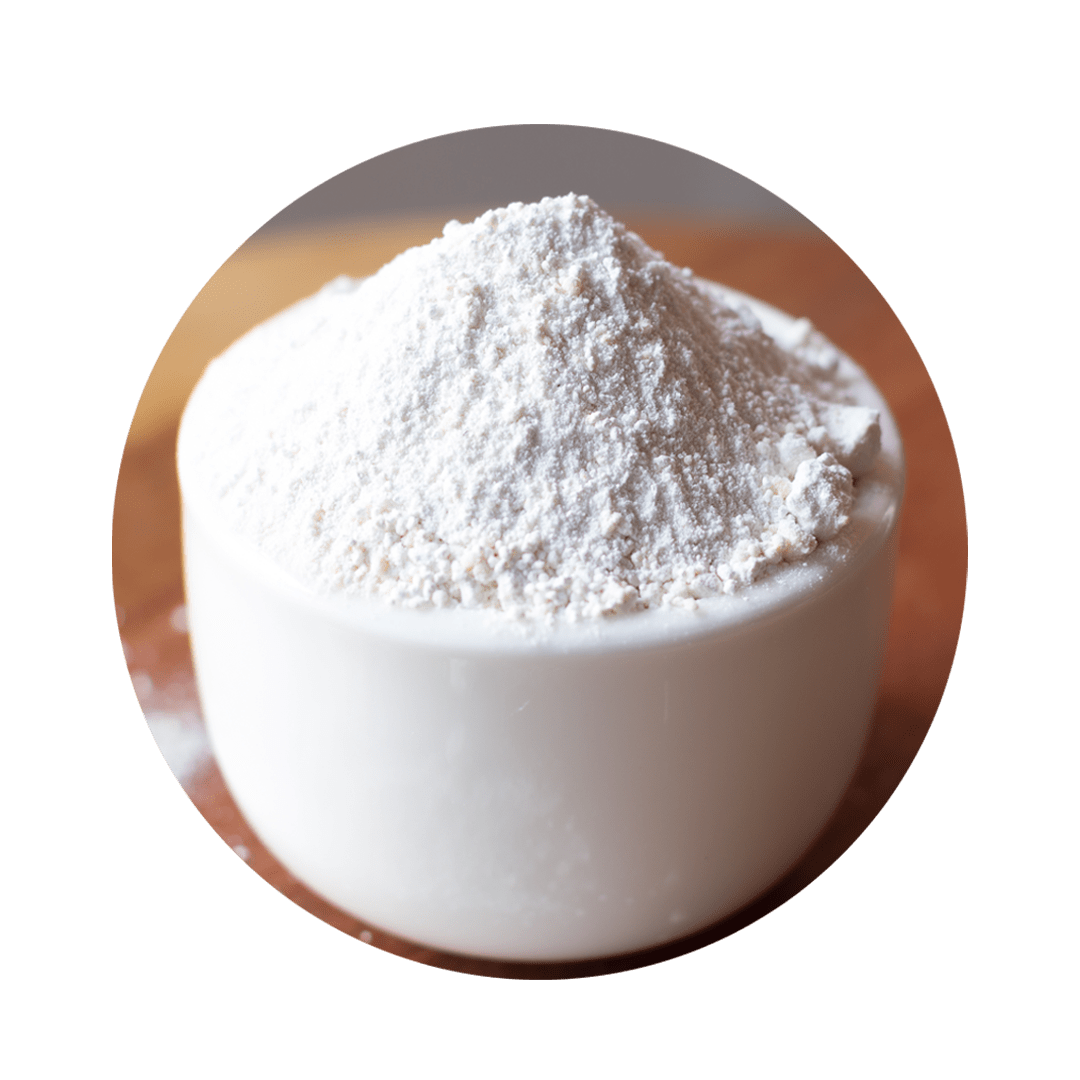Poison sumac: poisonous plant with healing properties
Poison ivy is native to North America and is one of the most poisonous plants in the world. In English-speaking countries, it is known and feared as Poison Ivy. Even young children are trained to recognize it and not to touch it. Skin contact with it can cause worse inflammation with blistering and causes terrible pain. Nowadays it is used quite often in natural medicine. It is an excellent remedy for nerve pain and inflammation and a real wonder weapon for rheumatism. Many complex remedies contain it when it comes to pain relief. However, all medicines are highly diluted, otherwise the power of this plant is almost impossible to tame.
Poison ivy facts
Did you know that...
... the plant can cause skin irritation and burning mucous membranes even when standing next to it for a long time?
... houses in the U.S., which had the poison ivy in the garden, often considered bewitched, because the residents suffered pain that could not be explained.
... skin contact with the medicinal plant can cause severe blisters?
What is poison ivy?
The poison ivy is a poisonous plant up to 1 meter high, which can also form aerial roots and tendrils. It is native to North America, where it is widespread and feared for its enormous toxicity. Characteristic are the oak-like leaves and its actually inconspicuous appearance. The leaves change color several times throughout the year. In spring they are purple, in summer green and in autumn shine red. All parts of the plant carry a whitish milky sap that turns black when it comes into contact with air and spreads a very unpleasant, nausea-inducing stench. Even though the plant is called poison ivy, it has nothing in common with our native ivy.
General and medicinal properties of Rhus toxicodendron
The basic knowledge
Analgesic
Poison ivy is analgesic. Its main area of application is severe pain related to nerves and blistering. Here it helps to calm the nerve structures again, so that the pain subsides.
Anti-rash
Poison ivy inhibits skin rashes. Therefore, it is used naturopathically very popular for infection-related rashes such as herpes, shingles or even burns. The rashes itch less and heal better because the irritated tissue can calm down.
Antirheumatic
Poison ivy is anti-rheumatic. It specifically relieves rheumatic inflammations that readily affect vision and muscles. In the process, the pain subsides, swelling goes down and the functional limitation disappears again.
Rhus toxicodendron: Ingredients
All parts of the plant are toxic and very strong irritant on contact. The medicinal substances are obtained from the leaves. The main substances are:
- Urushiol (one of the strongest contact allergens in the world)
- Fisetin
- Rhus tannic acid
- Tocicodendrol
- Gallic acid
Poison ivy: effect for body and mind
It is hard to imagine today's naturopathic medicine without poison ivy. In rheumatic diseases, nerve pain and inflammation, as well as acute infections with severe skin rashes, poison ivy is regularly used in practice. Due to its strong toxicity, only homeopathic or spagyric remedies are used.
Overall, the poison of Rhus toxicodendron has an atropine-like effect, which allows the conclusion that, in addition to its strong allergic potential, it also has a pronounced effect on the central nervous system. This again rum would explain why preparations of Rhus toxicodendron are among the first choice for diseases such as shingles, herniated discs or trigeminal neuralgia. All these events have in common that nerve irritations cause symptoms such as severe pain with an inflammatory character.
Properties of Rhus toxicodendron
- Antirheumatic
- Analgesic
- Anti-inflammatory
- Itch-relieving
- Nerve regenerating
- Rash-care
Fields of application in naturopathy
[Rhus toxicodendron]
The main application of poison ivy derives from its strong relationship with rheumatism and inflammatory events on the nerves.
Rhus toxicodendron for ligament sprain, dislocation & sprain.
The above-mentioned problems involve damage to tissue due to mechanical influence. Tears or bruises lead to bleeding and inflammatory irritation. It is usually accompanied by burning pain in the area. The poison ivy is the remedy of choice for pain with burning modality and helps here to relieve the symptoms sustainably.
Rhus toxicodendron for rheumatism
Rheumatism is characterized by burning, hot pain with a pulling sensation in the structures of the musculoskeletal system, such as ligaments and vision. This is partly due to the inflammation of the muscles, ligaments and tendons, but also due to the irritation of the nervous structures. Poison ivy calms the nerves and inhibits the rheumatic inflammations on structures of the locomotor system. Thus, the symptoms recede and the restrictions diminish.
Poison ivy for headache
Headaches come in many varieties. For burning, hot headaches with a strong inflammatory component, poison ivy is the remedy of choice. It calms the burning and relieves the inflammation. At the same time, it also has an analgesic and nerve-soothing aspect so that the headache subsides.

Poison ivy for fever
There are different causes for fever, but all of them cause an immune reaction that raises the body temperature. The poison ivy acts directly against the inflammation, inhibiting it and causing the fever to decrease. When the temperature has dropped to a more moderate level, the immune system can work optimally and there is no more danger from the fever.

Rhus toxicodendron for inner restlessness
In the case of inner restlessness, there is often a stress-related overstimulation of the central nervous system. If nerves are overstimulated long enough, they cause feelings of restlessness, phantom pains or similar. Poison ivy soothes these irritated and overstimulated nerves again, thus relieving the colorful bouquet of neurological phenomena. Peace and well-being return, the regeneration phase can begin.
Poison ivy for joint pain
Many joint pains have a rheumatic-inflammatory component. They can be caused by infections, rheumatism, or even overuse. In these cases, poison ivy can help alleviate the symptoms, as it acts against the inflammation and inhibits it. In addition, irritated nerve structures are soothed and the joint pain subsides.

Rhus toxicodendron for skin rashes & vesicles
There is a whole range of skin diseases that are accompanied by blistering and pain. For example, there are infections with herpes viruses in the context of a herpes simplex infection or shingles. In this case, nerve branches are inflamed by herpes viruses. This makes a classic. Vesicular rash with sometimes severe nerve pain. Rhus toxicodendron inhibits the inflammation here and calms the irritated nerves, so that the pain diminishes. In addition, this reduces the rash with the intense itching, which makes it much more pleasant for the affected person.
Notes on the use of poison ivy
Preparations with poison ivy are available only in homeopathic or spagyric preparation and highly diluted. Due to its high toxicity, the plant cannot be used in any other way. Basically, Rhus toxicodendron is used in the acute field. It is used as a cure, often several times a day, but usually only for a period of a few days to 2 weeks. Only ready-made medicines or pharmacy mixtures are used.
Rhus toxicodendron in pregnancy & lactation
In acute cases, poison ivy in spagyric or homeopathic form can also be used during pregnancy and lactation. The potency or dosage should be determined by a therapist.
Discover our sprays
With natural methods such as the individual spagyric sprays from Zimply Natural, complaints can be treated and sustainably alleviated.
Use the healing power of poison ivy!
Use the healing power of poison ivy and our other more than 100 medicinal plants for the natural relief of your ailments. Improve your well-being and support your body, mind and soul! Use our configurator to create your personal spagyric spray, which is tailored to your needs and accompanies you on your natural path to the improvement of body, mind and soul.

